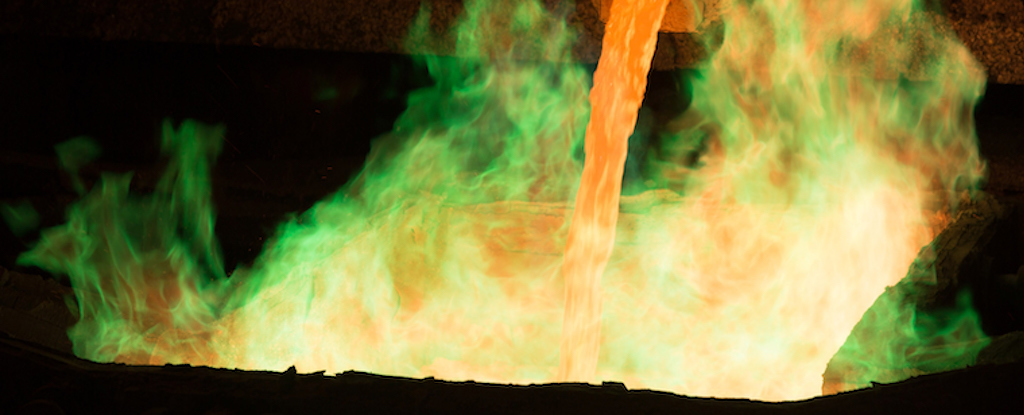
A team of researchers has made significant strides in understanding the origins of the Iron Age by examining a 3,000-year-old smelting workshop known as Kvemo Bolnisi, located in southern Georgia. This site has been of interest to archaeologists, but recent investigations led by anthropological archaeologists Nathaniel Erb-Satullo and Bobbi Klymchuk from Cranfield University have provided fresh insights into how iron production may have emerged from copper smelting.
Previously, Kvemo Bolnisi was believed to be a site dedicated to iron production, primarily due to the presence of hematite, an iron oxide mineral, and considerable amounts of slag. However, the researchers utilized advanced chemical analysis techniques and microscopic imagery to arrive at a different conclusion. They determined that iron oxide was likely used as a flux, enhancing copper production rather than serving as a primary material for iron smelting.
This finding suggests that the discovery of iron may have occurred through experimentation within copper smelters rather than being an isolated development. Erb-Satullo emphasizes that this evidence indicates an intentional use of iron in the copper smelting process. “This shows that these metalworkers understood iron oxide – the geological compounds that would eventually become ore for iron smelting – as a separate material and experimented with its properties within the furnace,” he stated.
The implications of this discovery are profound. The transition into the Iron Age, which lasted approximately 700 years, marked significant advancements in human society. Agriculture improved, conflicts became more intense, and new tools emerged, all utilizing this durable metal. While Kvemo Bolnisi provides one perspective on iron production, researchers acknowledge that the development of iron metallurgy likely varied across different regions.
Comparative analysis with similar archaeological sites, including one in Israel, suggests a broader pattern. Iron-bearing minerals are frequently found alongside copper deposits, indicating that copper smelting processes may have regularly included iron components.
Erb-Satullo notes the difficulties faced in tracing the origins of iron production, stating, “Iron is the world’s quintessential industrial metal, but the lack of written records, its tendency to rust, and insufficient research on production sites have made this search challenging.” The significance of Kvemo Bolnisi lies in its potential to illuminate this critical period in history.
The research highlights a dynamic interplay of factors influencing the transition between the Bronze Age and the Iron Age. As analytical techniques continue to evolve, they offer researchers opportunities to revisit historical sites like Kvemo Bolnisi, unveiling new findings decades after their initial discovery. “There’s a beautiful symmetry in this kind of research, in that we can use the techniques of modern geology and materials science to get into the minds of ancient materials scientists,” Erb-Satullo remarked. “And we can do all this through the analysis of slag – a mundane waste material that looks like lumps of funny-looking rock.”
These discoveries have been documented in the Journal of Archaeological Science, contributing to the ongoing exploration of humanity’s technological evolution. The intersection of science and archaeology continues to reshape our understanding of the past, revealing the complex narratives that define human innovation.







